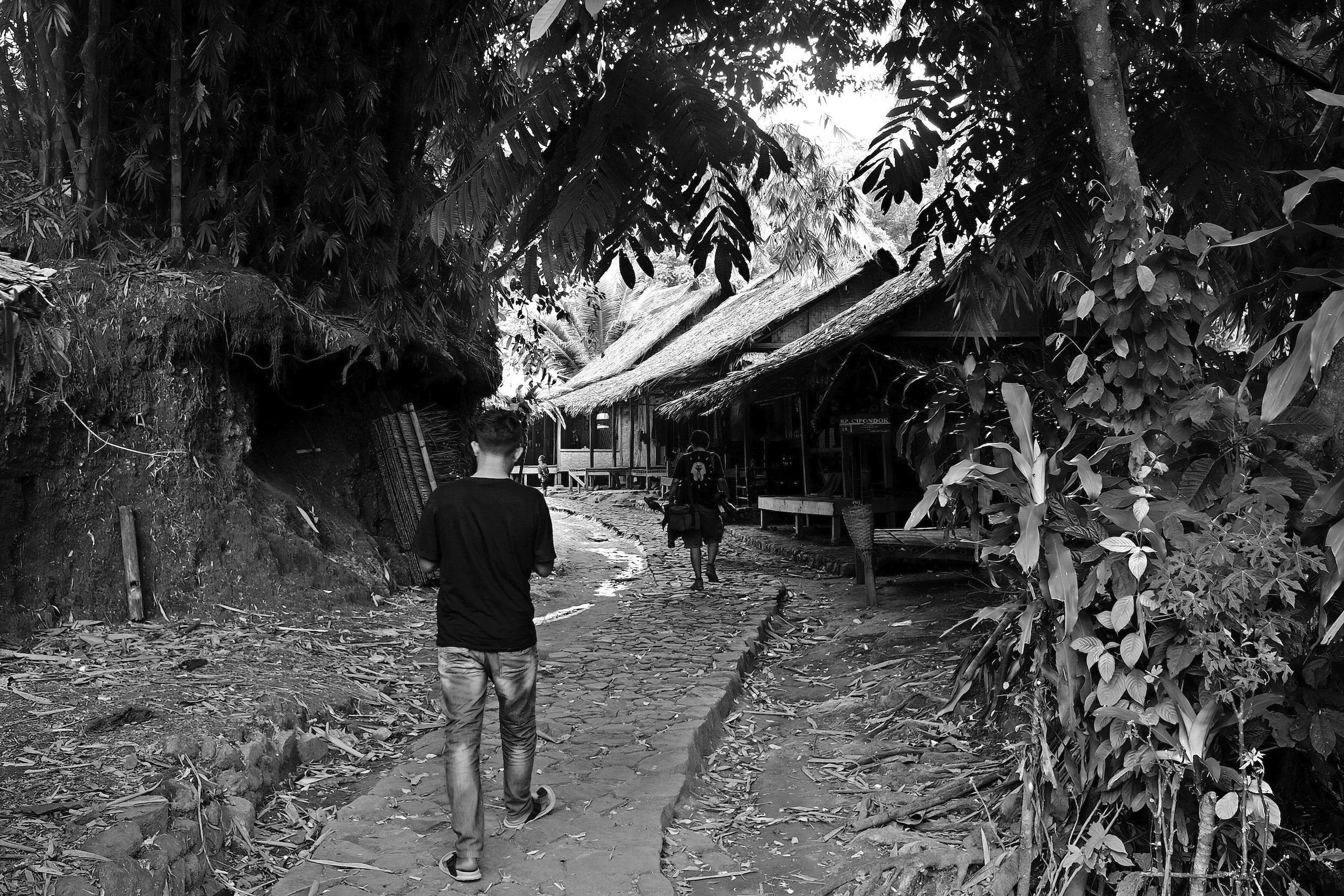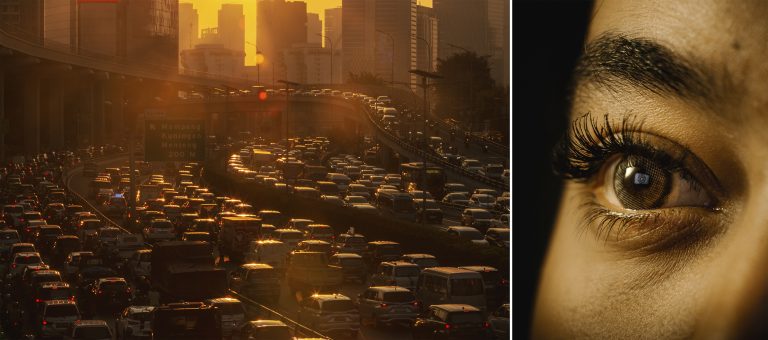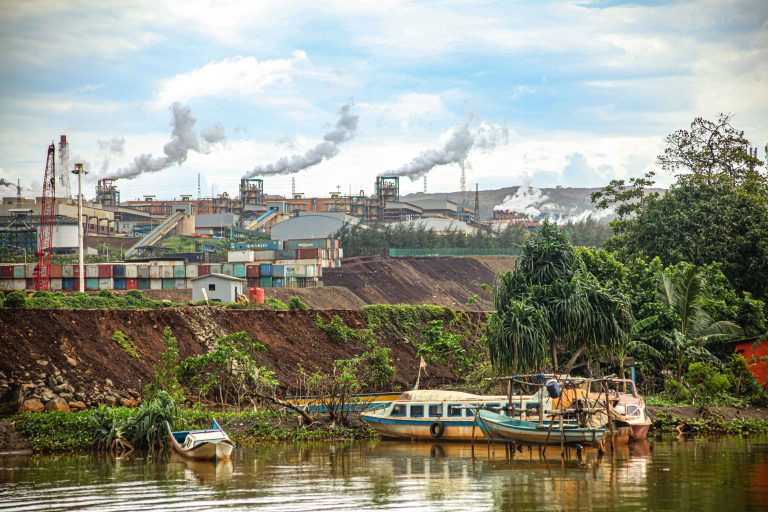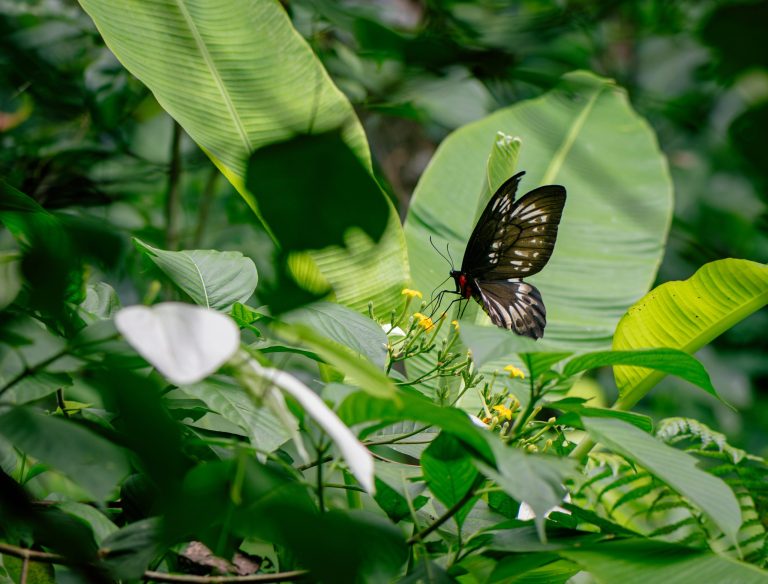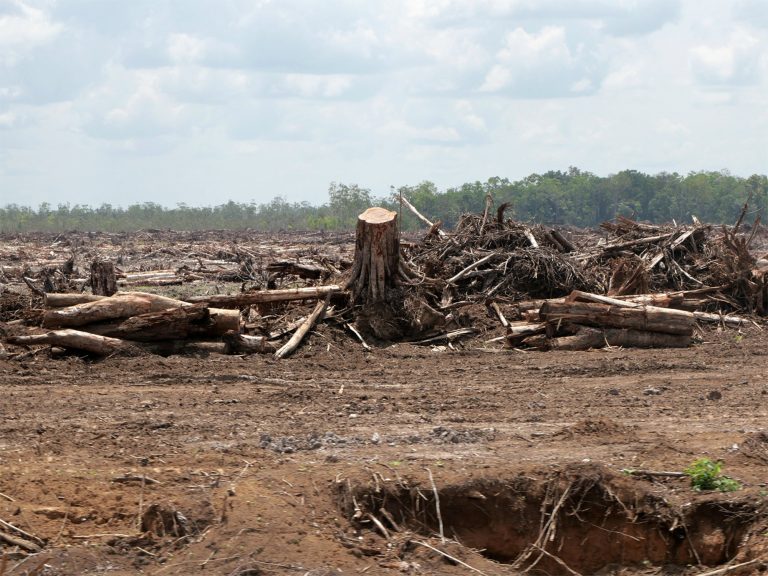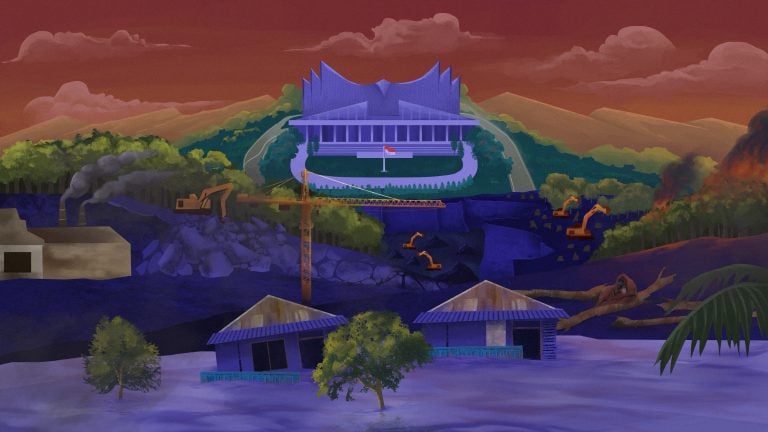In Kanekes village, almost smack in the middle of Lebak regency, Banten, none of the residents wears masks. Not because they have some political or ideological aversion to them, but because they have no reason to. Unlike the rest of Banten — and most of the rest of Indonesia — the Baduy indigenous community of Kanekes has managed to stay Covid-19 free throughout the pandemic.
For Jaro (Baduy community leader) Saija, this is a point of pride. When Indonesia confirmed its first Covid-19 cases in March 2020, he quickly moved to institute a lockdown. He put guards at the borders of town to ensure that no strangers entered the area, called on Baduy people outside the territory to return home, and barred those already within the community’s boundaries from leaving.
The results?
“Alhamdulilah [thank God], in Kanekes village there are zero COVID-19 cases,” Jaro Saija said.
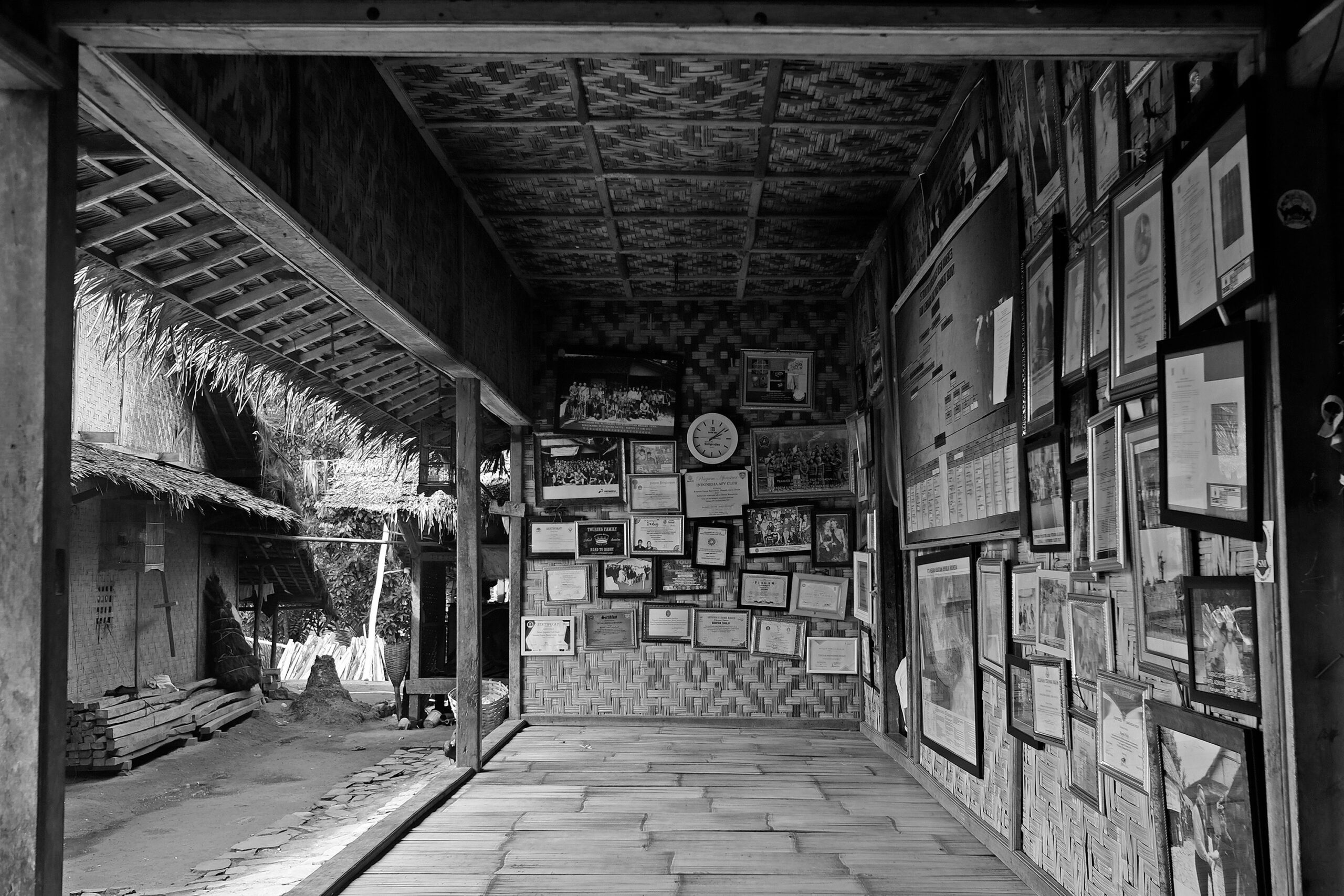
Tradition and Science
Data from the Banten health agency supports Jaro Saija’s claims. Of the 3,452 confirmed Covid-19 cases recorded in Lebak regency as of May 16, not one had come from Kanekes village.
Iton Rustanti, the head of the Covid-19 task force at the Cisimeut community health center (puskesmas), which serves Kanekes, confirmed the data. He said Covid-19 tests of the villagers had always come back negative.
“In October or November, we conducted some more tests on the roads leading in and out of Baduy territory, and they all came back negative,” he said.
Part of the reason the community had been so successful at avoiding Covid-19, Iton said, was the close communication that had developed between local health workers and the Baduy community since even before the pandemic.
“The Baduy work by farming. That’s where we make our living. Farming is the main thing.”Click To TweetHealth officials worked closely with the jaro to inform the villagers about the importance of protecting themselves from the pagebluk, the Sundanese word for plague.
Jaro Saija said a few members of the Baduy community still doubted that Covid-19 was real. He didn’t mind, he said, as long as they followed the rules put in place to protect the community.
“If they don’t commit any violations, we must continue to guide them. But if they violate customary or state regulations, then we have to take firm action,” he said. “To let it go on would lead to insolence.”
Jaro Saija said the combination of government regulations and pikukuh (traditional law) was an essential part of the Baduy’s Covid-19 response.
The Baduy people are known for the many customary taboos they follow. The best known relate to the environment, such as gunung teu meunang dilebur (mountains must not be flattened) and lebak teu meunang diruksak (valleys must not be damaged). One relating to the pandemic is the belief that every illness has a cure.
The Baduy are not alone in looking to tradition and custom for strategies to face the pandemic. Indigenous Peoples Alliance of the Archipelago (AMAN) secretary general Rukka Sombolinggi said the more than 2,000 indigenous communities that belonged to the alliance had all quickly instituted their own lockdowns, before the central government had established an official policy.
“Indigenous peoples remember the experience of past pandemics,” Rukka said, noting that the people of her native Toraja in South Sulawesi remembered the 1918 Spanish influenza outbreak, which claimed a third of the community’s lives. “These stories are always passed down from generation to generation.”
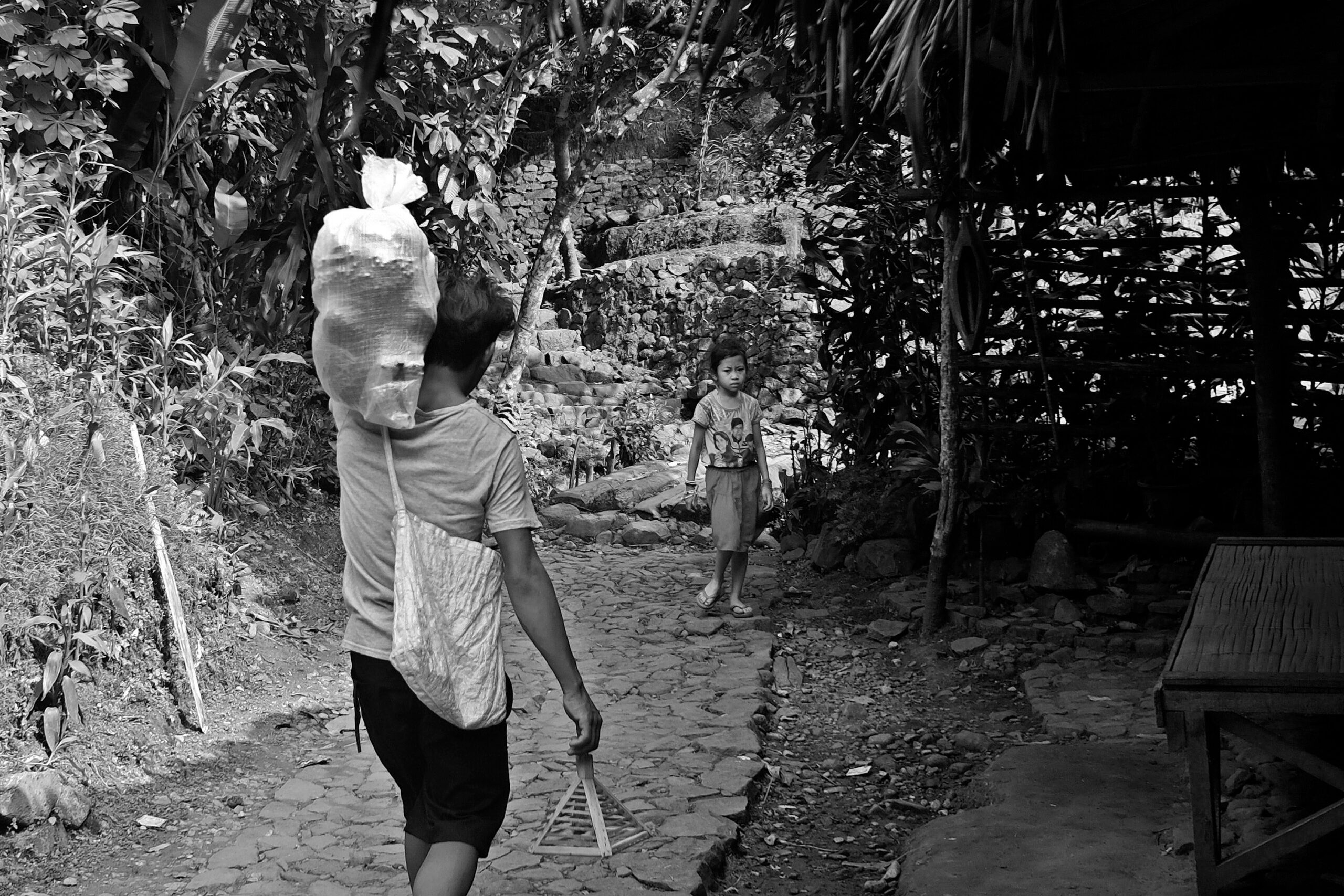
Quick Reactions
Griffith University epidemiologist Dicky Budiman said the Baduy way of life played a large role in the community’s success navigating the pandemic.
“They have the advantage of living somewhere where people more often conduct their activities outdoors,” he said. “The ventilation and air quality in rural areas is also much better. This has a big effect, since Covid-19 is an airborne disease.”
The fact that the Baduy were a relatively isolated community and members rarely traveled far had also helped them avoid the virus, Dicky added.
But the Baduy community’s remote location and rural lifestyle are not the only factors. A study by Ahmed Goha, et al., titled “Indigenous People and the Covid-19 Pandemic: The Tip of an Iceberg of Social and Economic Inequities” found that Covid-19 outbreaks had devastated rural indigenous communities in Brazil, Peru, the United States, Canada, and Australia.
In New Mexico, for example, Native Americans make up 57 percent of recorded Covid-19 cases and 50 percent of deaths. In Brazil, the disease spread to the Yanomami Indigenous Territory in the Amazonas as a result of the “uncontrolled movement of miners in and out of the territory” from the state capital Manaus, which was an epicenter of the outbreak in the country.
The swift decision by Baduy community leaders to lock the village down, therefore, was crucial to keeping Kanekes Covid-19 free. Their decisiveness contrasts starkly with the central government’s often hesitant and inconsistent measures.
While political and bureaucratic wrangling between the government and regional heads delayed the implementation of even the country’s relatively lax large-scale social restrictions (PSBB) to April 10, the Baduy community’s borders had been closed to visitors since March 19.
“Right now, [Indonesia] is at the level of community transmission, which makes it hard to track, since they’re not coming from outside the region,” said Olivia Herlinda, the policy director at the Center for Indonesia’s Strategic Development Initiatives (CISDI), a health policy think tank.
This made it nearly impossible to maintain a zero-Covid-19 strategy, she said, particularly when testing and tracking had been consistently below World Health Organization standards. Kanekes village had managed to prevent cases of the virus by avoiding exposure to it in the first place.
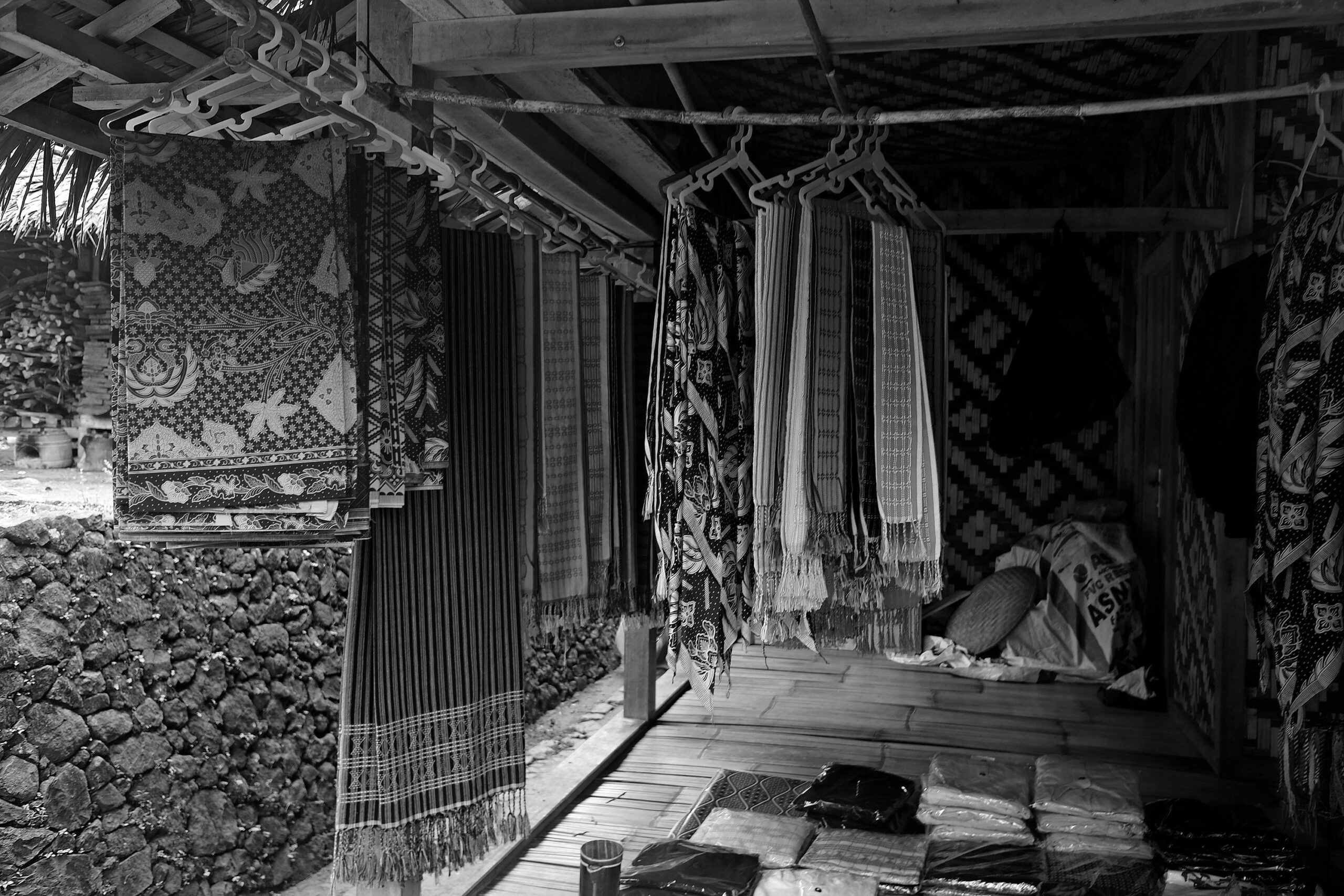
No Pain, No Gain
Keeping Covid-19 out has had its hurdles. Restrictions have resulted in fewer tourists, for example, which has lowered the incomes of guides and craftspeople in the community.
Intan, a weaver, said her revenue had decreased significantly. “I’ve sold some of my products to regulars, though not as many as before. Thankfully, I’m still earning something,” she said.
She added that she didn’t want the village to be fully reopened to outsiders if there was still a high risk of COVID-19 transmission.
“Especially since there are a lot of children and elderly people here,” she said. “If it’s not safe, then don’t [reopen the village] yet.”
The lost income is made more tolerable by the fact that the Baduy are self-sufficient in food. They have their own rice fields that produce only for the community. They occasionally sell other crops, but not before meeting their own needs.
Each family has its own food stockpile in case of emergencies, such as natural disasters or drought. Dried, unhusked rice grains are stored in a special place and can be kept for several years.
“The Baduy work by farming. That’s where we make our living. Farming is the main thing.”
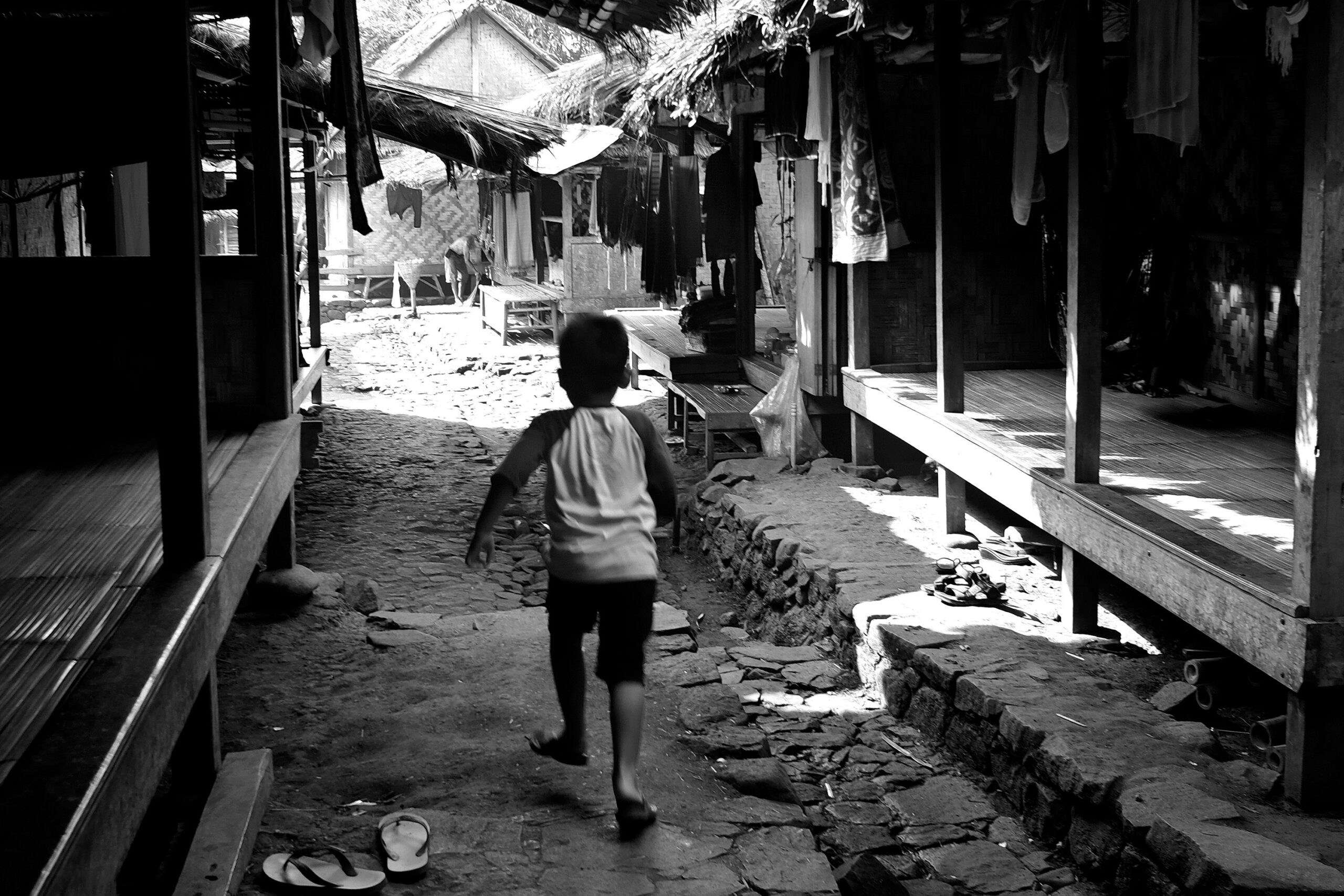
Still Vulnerable
While their location, lifestyle, and traditions have helped the Baduy stay COVID-19 free, the same factors have also made them vulnerable should they ever be exposed to the virus.
Their remote village, for example, is far away from advanced health facilities. The nearest Covid-19 referral hospital is some 30 kilometers of rocky terrain away.
Their communal lifestyle, with more than five people living in each small house, also makes them prone to virus transmission. If even one person in Kanekes contracts the disease, it could spread very quickly throughout the village.
The Baduy and Indonesia’s other indigenous communities also face threats beyond the pandemic. Indigenous peoples have struggled to survive land conflicts, exploitative development practices, and laws — such as the Job Creation Law and the Coal and Mineral Mining Law — that favor corporate interests. The pandemic stacks yet another problem on top of the many that indigenous peoples face.
“Resilience has its limits; even a rubber band has a breaking point,” Rukka said.
The Baduy’s zero-Covid-19 status shows that indigenous peoples, so far, have remained resilient. But without support, how long will it be before they reach their breaking point?
The reporter has received a complete Covid-19 vaccination before visiting the Baduy community.

